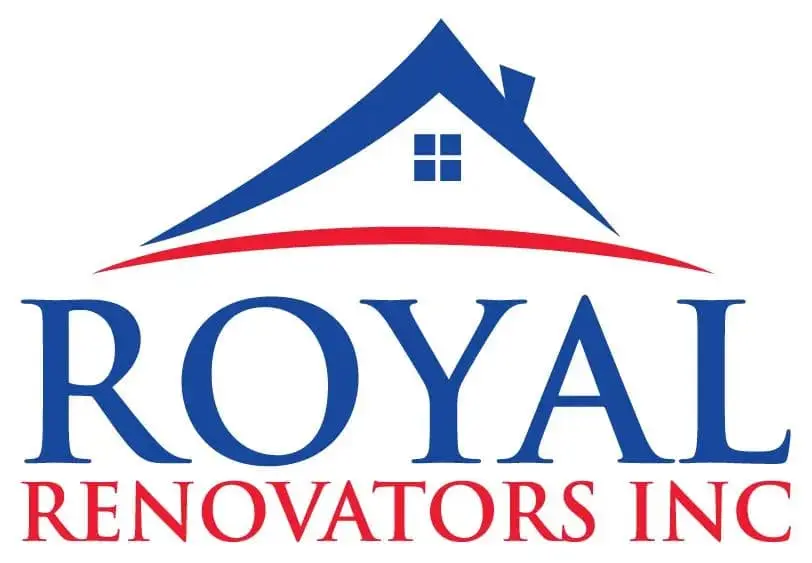CONTRACTORS 102: THE HISTORY OF HOME ADVISOR & ANGIES LIST

It’s no secret that since the birth of the internet, it’s been much easier for people to shop and find essential services. Among the many services available to arrange and order online is home improvement;
most notably offered by the websites Angie’s List and Home Advisor. These two prominent names in the home improvement industry revolutionized the way we all hire roofers, kitchen remodeling companies, general contractors and any other service category you can ever imagine.
Angie’s List was founded in 1995 by William S. Oesterle and Angie Hicks. The idea formed when Hicks, working under Oesterle at the time, needed to find a contractor for him in Colombus, Ohio. Hicks moved to Columbus and joined her boss in creating Columbus Neighbors, a call-in service based off of a similar service called “Unified Neighbors” based in Indianapolis, Indiana that provided reviews of home care and lawn services throughout Columbus. Hicks personally signed up members and customers by going door to door collecting ratings of local contractors.
After one year and 1,000 members recruited, Oesterle raised money from investors for the sake of developing the business. In 1996, the company bought Unified Neighbors and moved to Indianapolis. In 1999, with Internet usage becoming more commonplace, the company moved its member and consumer database to the internet. Over the following years, the website consumer base grew dramatically, eventually beginning to include services such as health care and auto care. Today, the website offers what many call a freemium service. There is a basic membership which offers over 10 million reviews that one can get for free, but a paid service with additional features is also available.
Unfortunately, Angie’s List also has its fair share of drawbacks. It has been shown that contractors can pay the website more money for them to offer discounts to customers from Angie’s List. In return, they get pushed to the top of the site’s search results regardless of factors such as average review scores and relevance to a user’s search criteria. Additionally, oftentimes when a negative review of a business is posted, Angie’s list staff will try to “rectify” it with the user before removing the review. Furthermore (and possibly their worst offense), it’s been found that many contractors that are labeled as “Angie’s List certified” are actually unlicensed.
HomeAdvisor, which was Angie’s List’s biggest competitor until they merged in October 2017, on the other hand, prescreens all of the people they list, immediately insuring that those hired by the websites users are actually qualified for the job.
HomeAdvisor was founded in 1998 by Rodney Rice and Michael Beaudoin under the name ServiceMagic only having rebranded to the name HomeAdvisor in 2012. It was bought out by Interactive Corp. (or IAC for short) in 2004. In January 2008, Craig Smith was appointed by IAC as a new CEO of ServiceMagic, while Beaudoin and Rice became advisors and co chairmen. Over the next year, ServiceMagic would go on to buy out several businesses from various European countries offering similar services in order to create a European branch of the company, simply called ServiceMagic Europe. This trend would continue for several years, buying out service websites from countries like Canada, the UK, and Germany until eventually, as mentioned above, merging with Angie’s List in late 2017.
As with any other service, however, this one has also come across a fair share of criticism. It’s prescreening process are flawed, with loopholes having been discovered allowing contractors that have been hired by criminals to use the site, and it has had over 600 negative reviews written about it. Additionally, they have been found to have sold user data to contractors without the users’ knowledge or consent without any discretion as to who the data is being sold to.
Trusting a 3rd party to provide you with a few quality home improvement contractors has proven to be an effective thing while at the same time having it’s flaws. At the end of the day, doing your own independent research and studying contracting companies first hand is the most effective, yet time consuming way of finding a quality local contractor.
